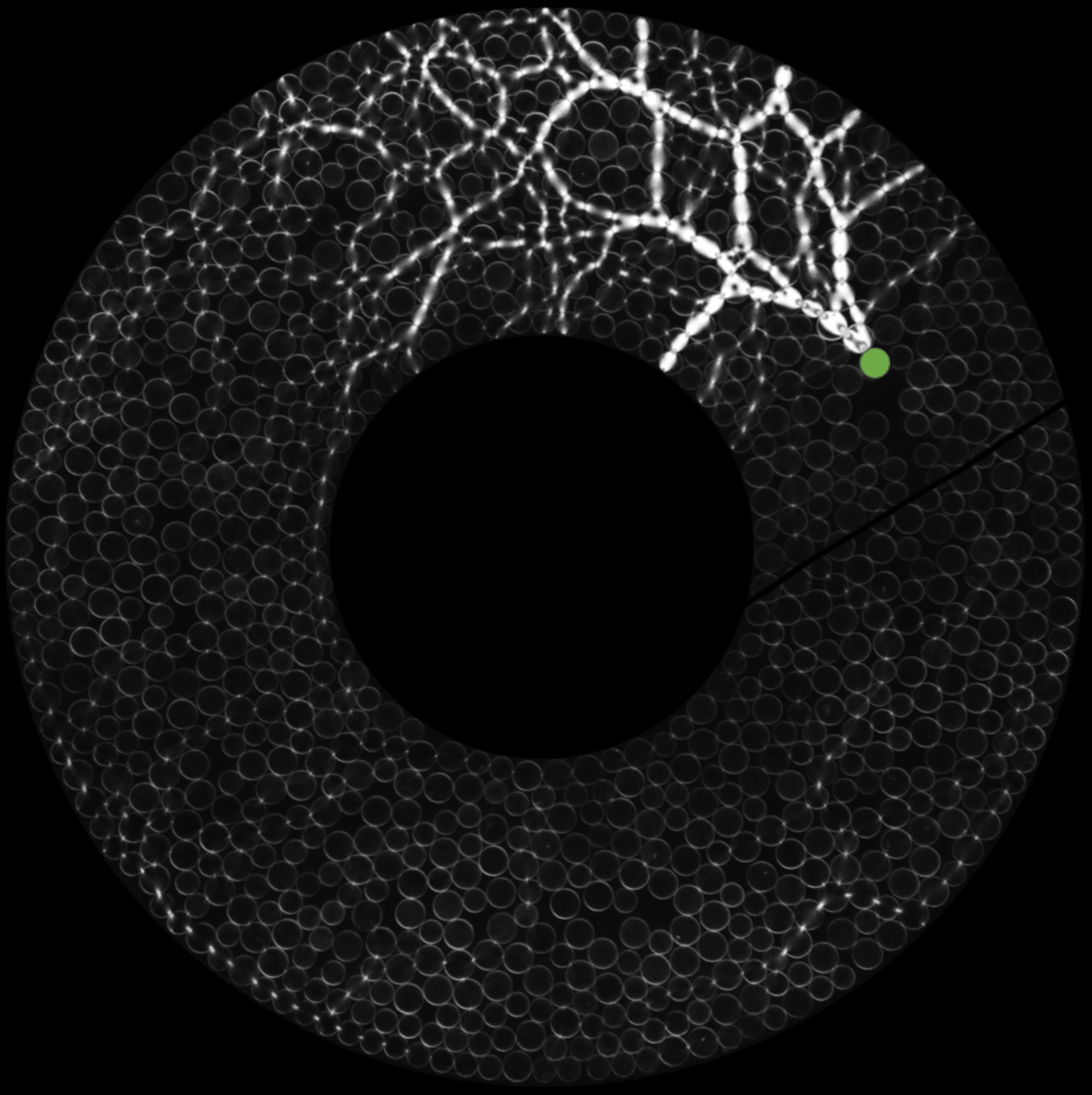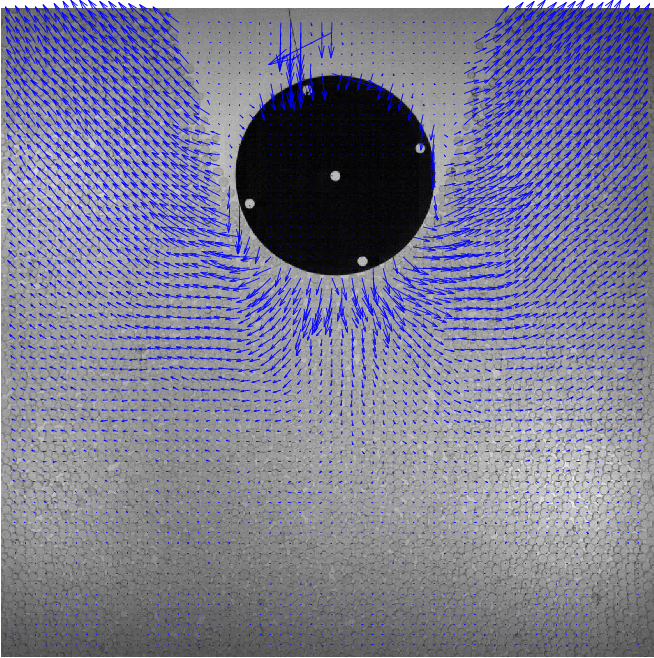Recent Publications
L. Kovalcinova, A. Taranto, and L. Kondic,
Properties of interaction networks in compressed two and three dimensional particulate systems,
Granu. Matter, 26, 1-15, (2024)


We consider two (2D) and three (3D) dimensional granular systems exposed to compression, and ask what is the influence of the number of physical dimensions on the properties of the interaction networks that spontaneously form as these systems evolve. The study is carried out based on discrete element simulations of frictional disks in 2D and spheres in 3D. Within the constraints of the considered simulation protocols, the main finding is that both the number of physical dimensions and the type of particle-particle interaction significantly influence the properties of interaction networks. These networks play an important role in bridging the microscale (particle size) and macroscale (system size), thus both aspects (the interaction model and dimensionality) are carefully considered. Our work uses a combination of tools and techniques, including percolation study, statistical analysis, as well as algebraic topology-based techniques. In many instances, different techniques and measures provide complementary information that, when combined, allow for gaining better insight into the properties of interaction networks in compressed particulate systems.






























